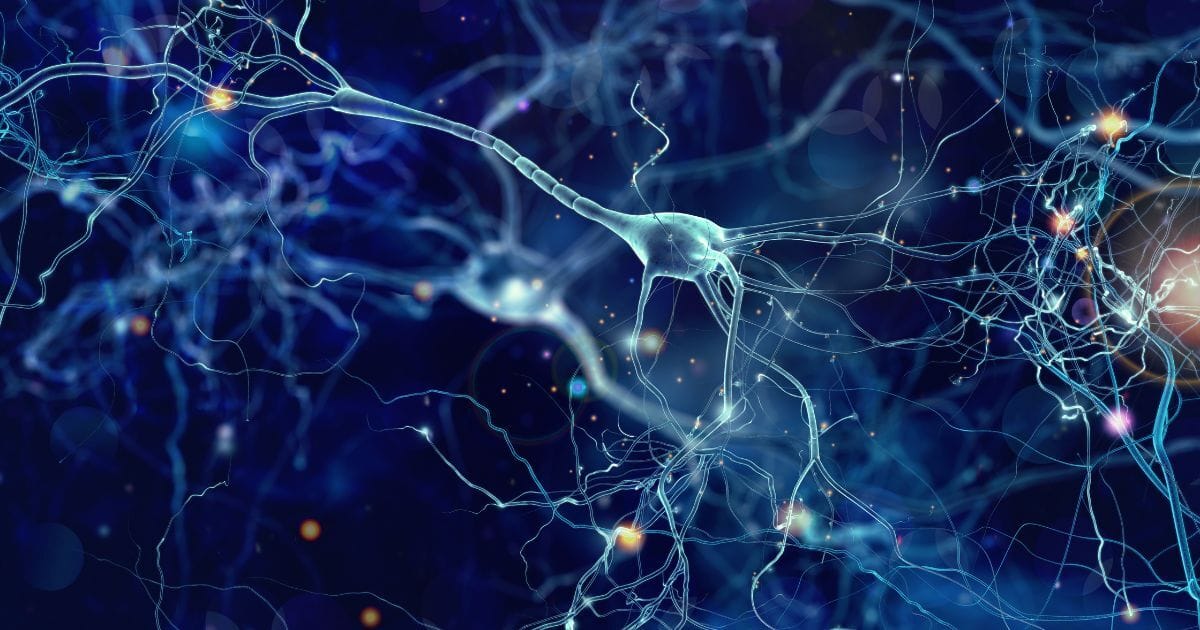For decades, scientists believed the brain relied almost entirely on sugar for energy. But new research from the University of Helsinki and the University of Queensland reveals that neurons can also burn fat and even make their own when energy demands rise.
The study, published in Nature Metabolism, shows that a key protein called DDHD2 helps neurons recycle parts of themselves to create fatty acids, which they can then use as fuel. When this protein is missing or defective, as seen in a rare genetic condition called Hereditary Spastic Paraplegia 54 (HSP54), neurons struggle to produce energy and eventually lose function.
In lab experiments, researchers were able to restore energy production in damaged neurons by providing targeted fatty acid supplements, with results appearing in just 48 hours.
“This is a real game-changer,” said Dr. Merja Joensuu, who led the study at the Australian Institute for Bioengineering and Nanotechnology. “We’ve shown that healthy neurons rely on fats for fuel, and when this pathway fails in conditions like HSP54, it may be possible to repair the damage and reverse the neuropathologies.”
The findings could reshape how scientists understand brain metabolism and open new doors for treating conditions once thought untreatable. The next step will be testing whether these fat-based therapies are safe and effective in preclinical models before human trials begin.
Dr. Giuseppe Balistreri from the University of Helsinki called the discovery “a breakthrough that doesn’t just rewrite the textbooks — it could transform lives.”
While the research focuses on a rare neurological disease, the results also highlight a bigger truth about nutrition: fats are vital for brain function. Healthy fats from foods like olive oil, nuts, seeds and fish help protect neurons, support memory and sustain energy.
This study was a global collaboration supported by multiple research institutions and foundations. Funding came from The University of Queensland’s Amplify Fellowship, the Australian Institute for Bioengineering and Nanotechnology, and a donation from Bruce and Anthea McBryde. Additional support came from the Academy of Finland, the European Union’s Horizon Europe Program, the Helsinki Institute for Life Sciences (HiLIFE), the Sigrid Juselius Foundation, the Australian Research Council and the Research Council of Norway. Doctoral and postdoctoral researchers received scholarships and fellowships from organizations including the Westpac Future Leaders Scholarship, Bioplatforms Australia and the Finnish Parkinson Foundation.
